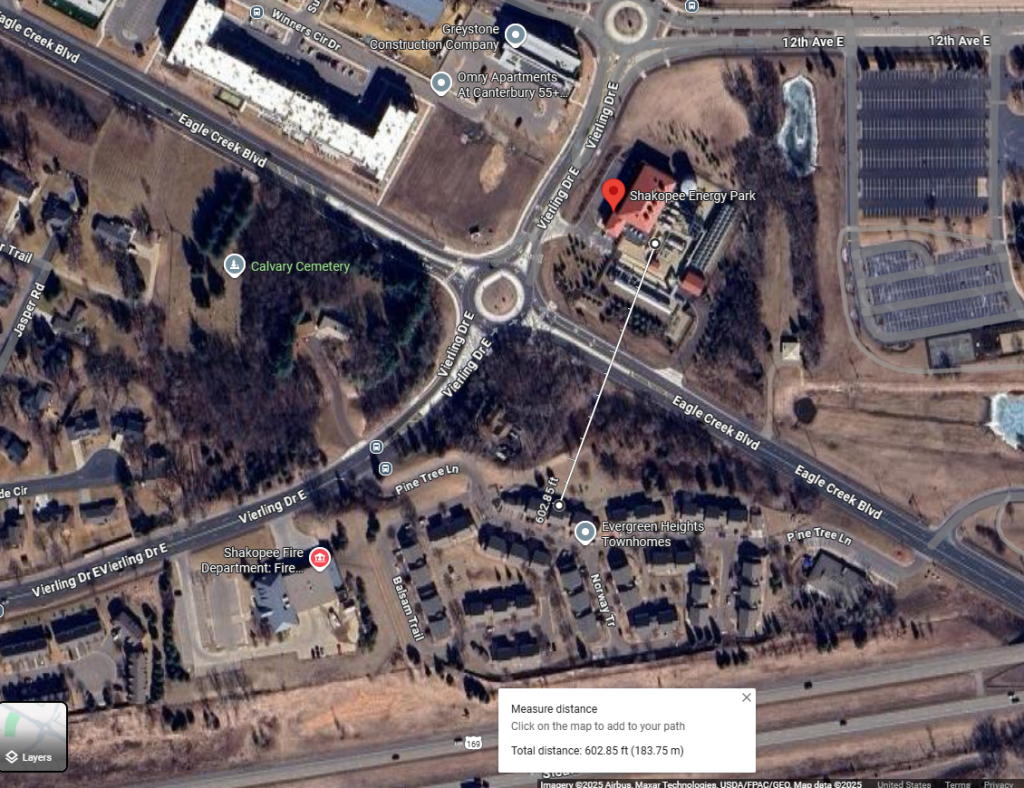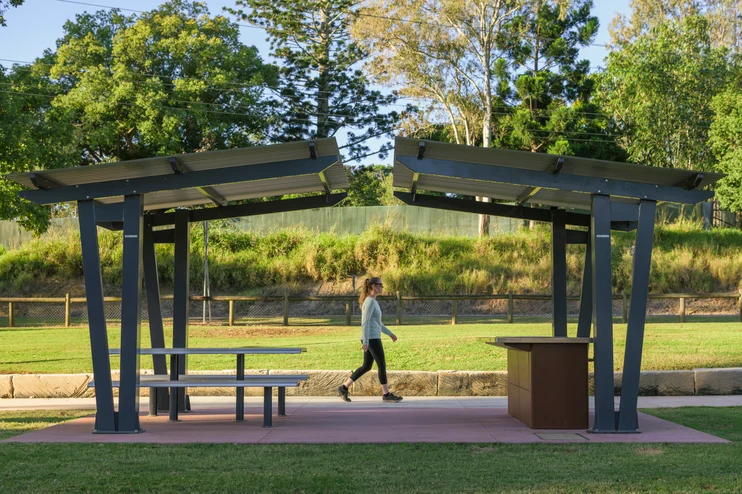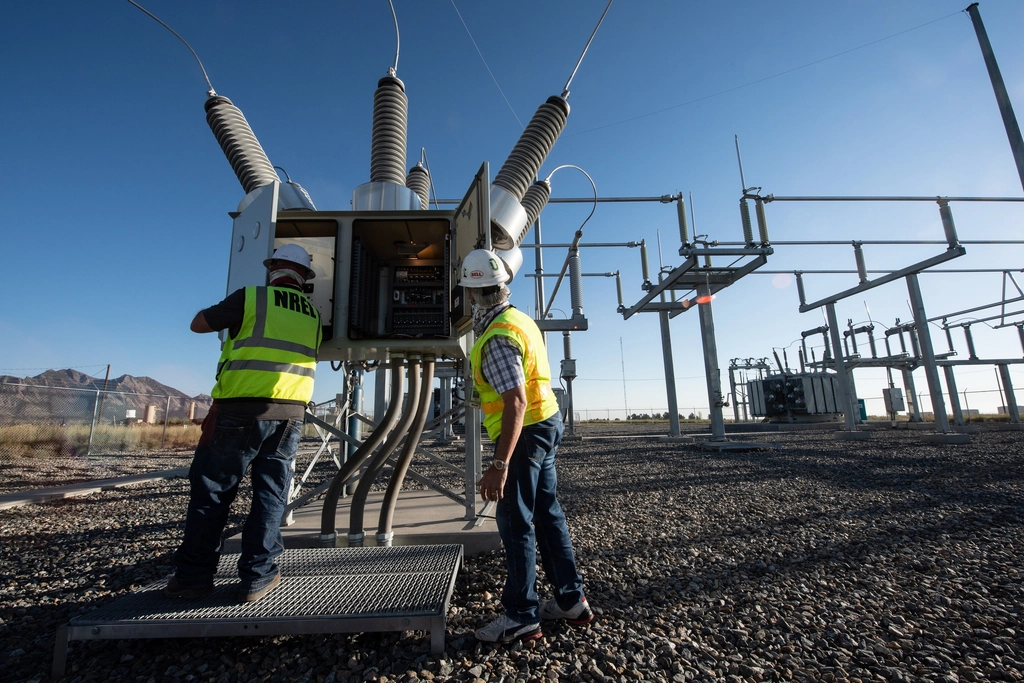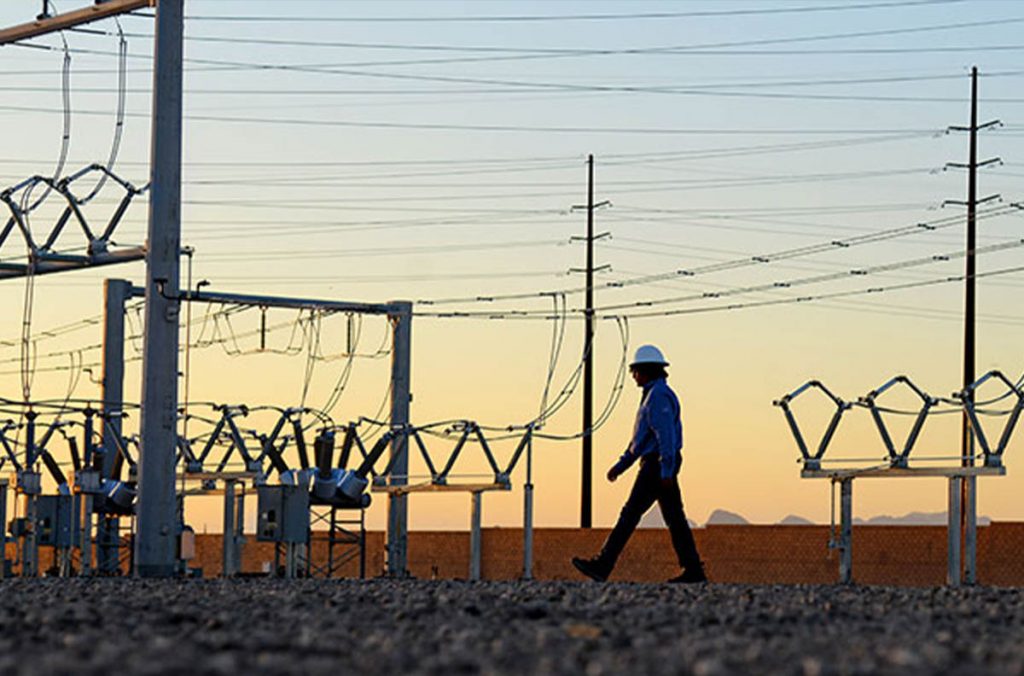When new energy projects are proposed, one of the first community concerns is noise. Residents imagine engines roaring day and night, disrupting daily life. But modern design shows that power plants can deliver reliable power while remaining virtually silent to surrounding neighborhoods.
A Real World Example: Growing Community, Quiet Power
A recent case study, “Growing Community Seeks Attractive Power Plant – Noise Reduction Example,” illustrates how thoughtful design allows large scale facilities to operate near residential areas without adverse effects.
Independent acoustic modeling showed that even at full operation, sound levels at the property boundary measured just above the quiet hum of an office (~55 dBA). Beyond the site, noise fell to the level of a quiet neighborhood or farm field (~40-45 dBA). For comparison, a passing diesel truck reaches ~80 dBA, and a jet flyover can exceed 100 dBA.

How It Works
The project’s design relied on proven noise reduction strategies:
- Acoustically treated enclosures around engines
- Advanced silencers on exhaust stacks
- Variable speed, low noise cooling fans
- Site layouts that use natural buffers and distance from nearby homes
These measures reduced sound to levels that blend into everyday background noise.
Why It Matters
For communities, this means peace of mind: reliable energy infrastructure can be developed without compromising neighborhood quality of life. For developers and utilities, it proves that community compatibility is possible when noise is addressed at the design stage.

Looking Ahead
As Smartland Energy evaluates future project sites, we recognize that earning community trust is just as important as delivering megawatts. Case studies like this show the path forward: power plants can be powerful, efficient, and quiet enough to be good neighbors.


